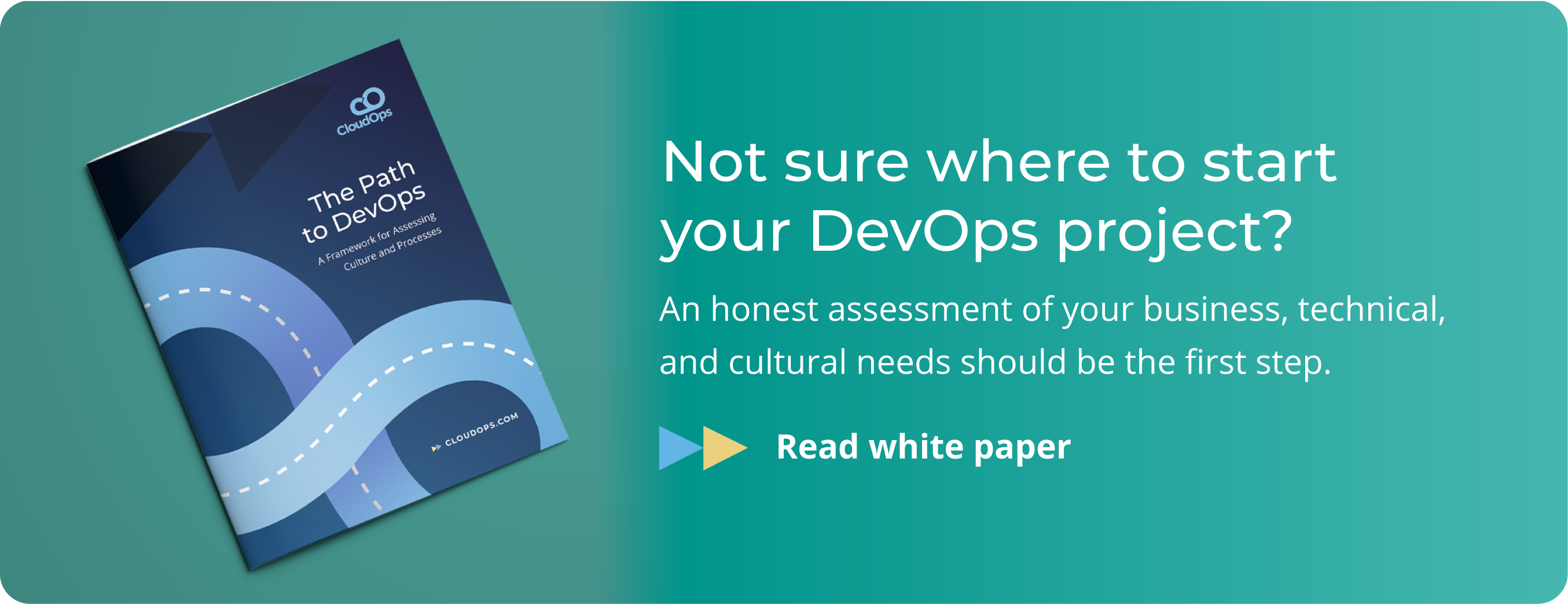Top 7 Challenges to Becoming Cloud Native

Cloud native applications take full advantage of the cloud’s operational model, driving business value by being auto-provisioning, scaling, and redundant. By breaking down monolithic applications into independent but connected containers, developers create applications that can scale seamlessly according to demand. At its core, cloud native computing allows you to write and deploy code anywhere, in any one of and most likely several private, hybrid, and public cloud environments.
While the cloud native landscape is becoming more vast and complex each day, Kubernetes and other foundational tools have crossed the chasm and reached a size and scope where they must move beyond the early adopters and into the enterprise.
While great in theory, the problem with cloud native computing is that it isn’t always easy or straightforward to implement – especially if you’re an enterprise with long-standing, legacy applications. The cloud native landscape is vast, and it’s easy to become overwhelmed by its growing number of competing and overlapping platforms and technologies. Not only must you adopt cloud native tools that suit your unique requirements, you must nurture their use with cultural shifts. Change should be implemented incrementally but holistically. Here are seven of the most common problems we see enterprises face in their cloud native journeys.
1. Slow release cycles and accelerated pace of change
Innovation requires the ability to quickly release new software as the pace of change throughout all industries continues to accelerate. To always be ready to ship and deploy, you must focus on the journey rather than the destination. Be willing to consistently accept change and learn from failures to adapt as needed. DevOps is about aligning the goals of all parties, so small batches of code can be released quickly and frequently. It is a combination of tools, processes, and cultural philosophies.
2. Outdated technologies
Not only will the market catch up to you if you fail to innovate quickly enough, but it will surpass you. The amount of effort required to upgrade your systems will become exponentially difficult with time. This is especially true if you haven’t yet containerized your applications and found cloud native equivalents for legacy components. While you can never know which tools will outlast the others, it’s important to stay relevant in a world that’s evolving so quickly and so often. Open source tools are at the core of that mission, as they ensure quality, reliability, reduced cost, and minimized risk of lock-in.
3. Service provider lock-in and limited flexibility for growth
If you committed too strongly to a platform or tool in the past, you may find yourself limited by vendor lock-in today. While hyperscale cloud providers offer platforms that are full of features and easy to adopt, they typically come at the cost of lock-in. Cloud native computing is ultimately about allowing you to take advantage of hyperscale cloud providers while maintaining the ability to consider multi- and hybrid-cloud architectures.
4. Lack of technical expertise to handle data
Talent acquisition is a major challenge in the technology sector. A 2019 survey found that only 7% of IT leaders were not facing difficulties in hiring and retaining talent. This problem is often exacerbated by a skills gap. With technologies evolving at a consistently fast pace, key positions are often difficult to fill. Not only is there a lack of qualified technical talent, but any digital unicorns you do find may be held back by legacy drag. Legacy culture, decision-making processes, and skillsets can hold back the speed of innovation that DevOps can offer.
5. Security
It’s easy to forget about security until there’s a data breach, but this mistake can be expensive. The average cost of a single breach increased by 112% from $3.86 million in 2018 to $8.9 million in 2019. With so many moving parts, security is both complicated and difficult. Nonetheless, it’s important to maintain a practice around security that is ingrained into the team. DevSecOps integrates parts of security into DevOps pipelines, encouraging teams to bring security into the development phase. Your teams must build and code with security in mind, and not leave it as an afterthought to be addressed when you do get hacked.
6. High operational and technology costs
By allowing organizations to only pay for the computing resources needed, the cloud does offer significant cost benefits. More often than not, the total cost of cloud consumption will be less than the cost of buying, supporting, maintaining, and designing on-premise infrastructure. However, cloud native infrastructures are complex entities that must be managed properly to scale cost-effectively. You may find it challenging to truly optimize your cloud usage, but there are ways of doing so.
7. Cloud native concepts are difficult to communicate
Cloud native concepts are difficult to communicate and understand, especially given the high paradox of choice. Before agreeing to invest in technology, executives must understand the importance and complexity of cloud native solutions. Explaining microservices, containers, and other concepts to executives can be an uphill battle for technical leaders.
Cloud native is a journey, not a destination. CloudOps’ logo was designed to express the idea that, while you must start somewhere, the goal is to find yourself inside a virtuous loop of indefinite iteration. Compared to legacy applications, cloud native applications are far more complex. You may have struggled with one or more of these challenges in your journey to become cloud native. Addressing these challenges by embracing a culture of continuous change will give you the agility and scalability that only cloud native can offer. Contact us to learn more about how CloudOps can help you with your cloud native challenges.

